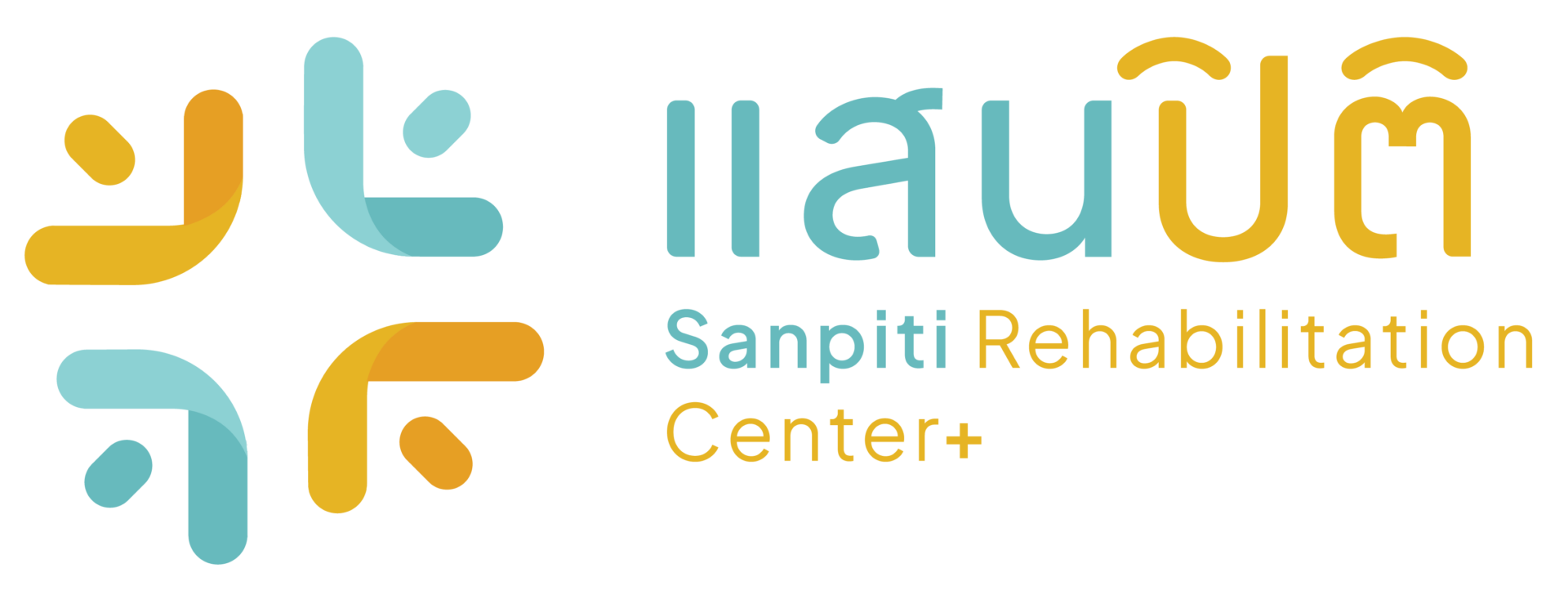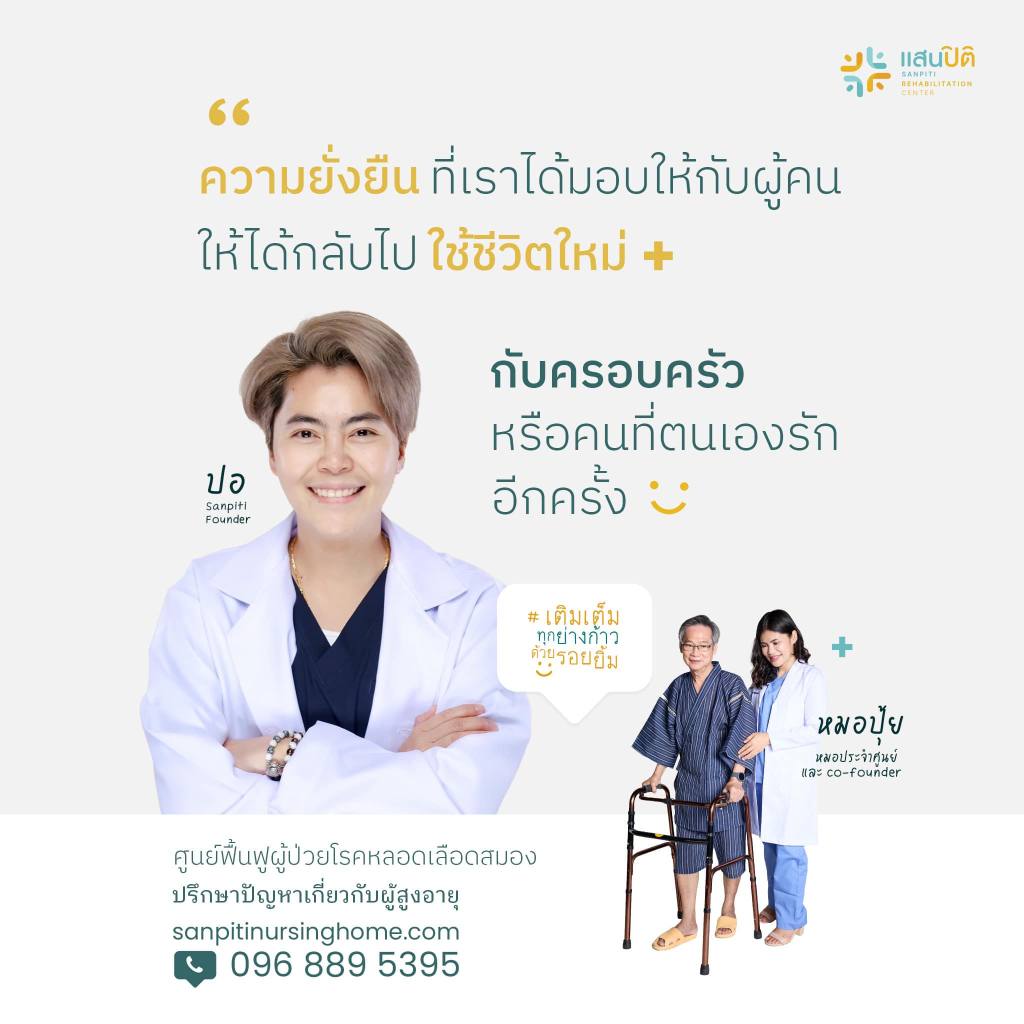Stroke Rehabilitation Centers in Thailand:
ศูนย์ฟื้นฟูผู้ป่วยโรคหลอดเลือดสมองในประเทศไทย:
Last Updated: May 2025
Quick Summary: Stroke rehabilitation centers in Thailand offer world-class care for stroke recovery, combining traditional and innovative therapies with Thai hospitality. This guide covers everything you need to know about choosing the right rehabilitation center, understanding the recovery process, and maximizing the chances of successful rehabilitation outcomes.
Understanding Stroke Rehabilitation
Stroke rehabilitation is a crucial part of recovery for anyone who has experienced a stroke. The primary goal is to help patients regain independence and improve their quality of life. Rehabilitation typically begins within 24-48 hours after a stroke, while the patient is still in the hospital, as early intervention significantly improves recovery outcomes.
The rehabilitation process aims to:
- Restore physical functions like movement, balance, and coordination
- Improve communication skills and speech clarity
- Enhance cognitive abilities
- Develop strategies for managing daily activities
- Provide emotional support during the recovery journey
Why Choose Thailand for Stroke Rehabilitation
Thailand has emerged as a leading destination for stroke rehabilitation due to several key advantages:
- World-class medical facilities with international accreditations
- Specialized rehabilitation teams with extensive experience
- Affordable treatment costs compared to Western countries
- Holistic approach combining modern medicine with traditional Thai healing practices
- Warm climate conducive to year-round rehabilitation activities
- Renowned hospitality creating a supportive recovery environment
- English-speaking medical professionals facilitating clear communication
Types of Stroke Rehabilitation Programs
Stroke rehabilitation in Thailand is available in various formats to meet different patient needs:
Inpatient Rehabilitation Programs
These intensive programs are typically offered within hospital settings, providing:
- 24/7 medical care and monitoring
- Daily therapy sessions (3-5 hours)
- Comprehensive medical support
- Structured environment for focused recovery
Outpatient Rehabilitation
For patients who are more independent or have progressed in their recovery:
- Regular therapy sessions at a clinic or center
- Patients live at home between sessions
- More flexibility in scheduling
- Lower cost than inpatient care
Home-Based Rehabilitation
Bringing rehabilitation services directly to patients:
- Therapy provided in the comfort of the patient’s home
- Tailored to the home environment
- Convenient for patients with mobility limitations
- Often combined with telerehabilitation options
The Rehabilitation Team
Successful stroke rehabilitation requires a multidisciplinary team approach. At top rehabilitation centers in Thailand, you’ll typically work with:
Physiatrists and Medical Staff
These rehabilitation doctors lead the recovery process by:
- Conducting thorough evaluations
- Developing personalized treatment plans
- Overseeing medical care throughout rehabilitation
- Coordinating with other specialists
Physical and Occupational Therapists
The hands-on professionals who help restore function:
Physical Therapists
- Focus on gross motor skills
- Improve mobility, strength, and balance
- Teach proper walking techniques
- Help with transfer skills (bed to chair, etc.)
Occupational Therapists
- Work on fine motor skills
- Train for activities of daily living
- Recommend adaptive equipment
- Prepare for return to work or hobbies
Speech-Language Pathologists
Specialists who address communication and swallowing issues:
- Assess and treat speech and language difficulties
- Develop strategies for improved communication
- Address swallowing problems (dysphagia)
- Assist with cognitive communication issues
Therapies and Techniques
Thailand’s rehabilitation centers employ a variety of evidence-based approaches:
Physical Therapy Approaches
- Motor-skill exercises to rebuild strength and coordination
- Mobility training with assistive devices as needed
- Constraint-induced therapy to improve affected limb function
- Range-of-motion therapy to ease muscle tension and improve flexibility
Occupational Therapy Strategies
- Training for Activities of Daily Living (ADLs)
- Cognitive and perceptual retraining
- Environmental modifications for increased independence
- Strategies for returning to work and leisure activities
Innovative Technologies
Thai rehabilitation centers increasingly incorporate cutting-edge technology:
- Functional electrical stimulation (FES) to retrain muscles
- Robotic-assisted therapy for precise, repetitive movements
- Virtual reality programs for engaging, interactive rehabilitation
- Telerehabilitation for remote therapy sessions
Choosing the Right Center
Selecting the appropriate stroke rehabilitation center in Thailand requires careful consideration:
Key Factors to Consider
- Location: Accessibility for family visits and local support
- Specialization: Centers focused on stroke rehabilitation specifically
- Staff-to-patient ratio: Ensuring personalized attention
- Language support: Availability of English-speaking staff
- Cost and insurance coverage: Understanding financial aspects
Patient Testimonials
Research experiences from previous patients through:
- Independent review platforms
- Medical tourism websites
- Direct conversations with former patients if possible
- Social media groups focused on stroke recovery
Family Involvement in Recovery
Family support plays a critical role in successful rehabilitation:
Role of Family Support
- Providing emotional encouragement
- Assisting with practice of new skills
- Helping maintain motivation during challenging periods
- Creating a supportive home environment
Education and Resources for Families
Top rehabilitation centers in Thailand offer:
- Educational programs about stroke recovery
- Training for at-home care techniques
- Connection to support groups
- Information about assistive devices and home modifications
Setting Realistic Goals Together
Effective rehabilitation involves collaborative goal-setting:
- Specific, measurable objectives
- Timeline-based targets
- Regular reassessment and adjustment
- Celebration of milestones, no matter how small
Long-Term Outcomes
Understanding what to expect after formal rehabilitation:
Factors Influencing Recovery
- Severity and type of stroke
- Age and overall health
- Consistency with rehabilitation exercises
- Social support network
- Lifestyle modifications
Measuring Success
Recovery indicators include:
- Improved physical function and mobility
- Enhanced communication abilities
- Increased independence in daily activities
- Return to meaningful activities and roles
- Quality of life improvements
Continued Support After Discharge
Ongoing care options in Thailand:
- Outpatient follow-up services
- Community-based rehabilitation programs
- Support groups for stroke survivors
- Wellness programs to prevent recurrence
Innovations in Stroke Rehabilitation
Thailand’s leading centers stay at the forefront of rehabilitation science:
Telerehabilitation Options
- Remote therapy sessions via video conferencing
- Mobile apps for exercise tracking
- Virtual support groups
- Especially valuable for patients in rural areas
Emerging Therapies and Research
- Non-invasive brain stimulation techniques
- Advanced robotic rehabilitation systems
- Stem cell research applications
- Biomarker studies for personalized treatment plans
Technology in Recovery
- Wearable devices for movement tracking
- Smartphone apps for speech therapy practice
- Smart home technology for independent living
- Gamified rehabilitation exercises for increased engagement
Choosing the Right Stroke Rehabilitation Center
Why Choose Sanpiti Stroke Rehabilitation Center?
Sanpiti Stroke Rehabilitation Center is a trusted name, having successfully rehabilitated over 1,000 stroke patients. The center has been featured in various media outlets and holds a perfect 5.0 rating on Google Reviews. With more than 6 branches across Bangkok, it provides accessible care throughout the city.
-
A multidisciplinary team of internationally trained specialists
-
A peaceful and healing environment for both inpatient and outpatient rehabilitation
-
Conveniently located in Bangkok, ideal for patients and their families
-
Counseling and caregiver training programs available for family members
-
English-speaking staff to accommodate international patients
Sanpiti emphasizes holistic care with attention to every step of the recovery journey, helping patients regain confidence and significantly improve their quality of life.
Key Factors to Consider When Choosing a Center:
-
Location: Easy access for family support
-
Specialization: Focus on stroke rehabilitation expertise
-
Staff-to-patient ratio: Ensures personalized care
-
Communication: Availability of English-speaking professionals
-
Cost and insurance coverage: Understand the financial aspects in advance
Frequently Asked Questions
When should rehabilitation start after a stroke? Rehabilitation typically begins within 24-48 hours after a stroke, while the patient is still in the hospital.
How long does stroke rehabilitation take? The duration varies significantly based on stroke severity and individual factors. Some patients see improvements within weeks, while others may continue rehabilitation for months or years.
What types of therapies are used in stroke rehabilitation in Thailand? Common approaches include physical therapy, occupational therapy, speech therapy, and increasingly, technology-assisted rehabilitation methods.
Can family members participate in rehabilitation in Thailand? Yes, family involvement is strongly encouraged. Many centers provide training for family members to support the rehabilitation process.
What are the chances of recovery after a stroke? Recovery potential varies widely depending on stroke severity, the affected brain area, age, overall health, and rehabilitation quality. Many patients make significant improvements with proper rehabilitation.
Are stroke rehabilitation services in Thailand covered by international insurance? Many centers work with international insurance providers, but coverage varies. It’s important to verify coverage details before beginning treatment.
What makes Thailand’s approach to stroke rehabilitation unique? Thailand combines Western medical practices with traditional Thai healing techniques, offering a holistic approach to recovery in a supportive, healing environment.
Disclaimer: This information is provided for educational purposes only and is not intended as medical advice. Always consult with qualified healthcare professionals regarding treatment options for stroke rehabilitation.

